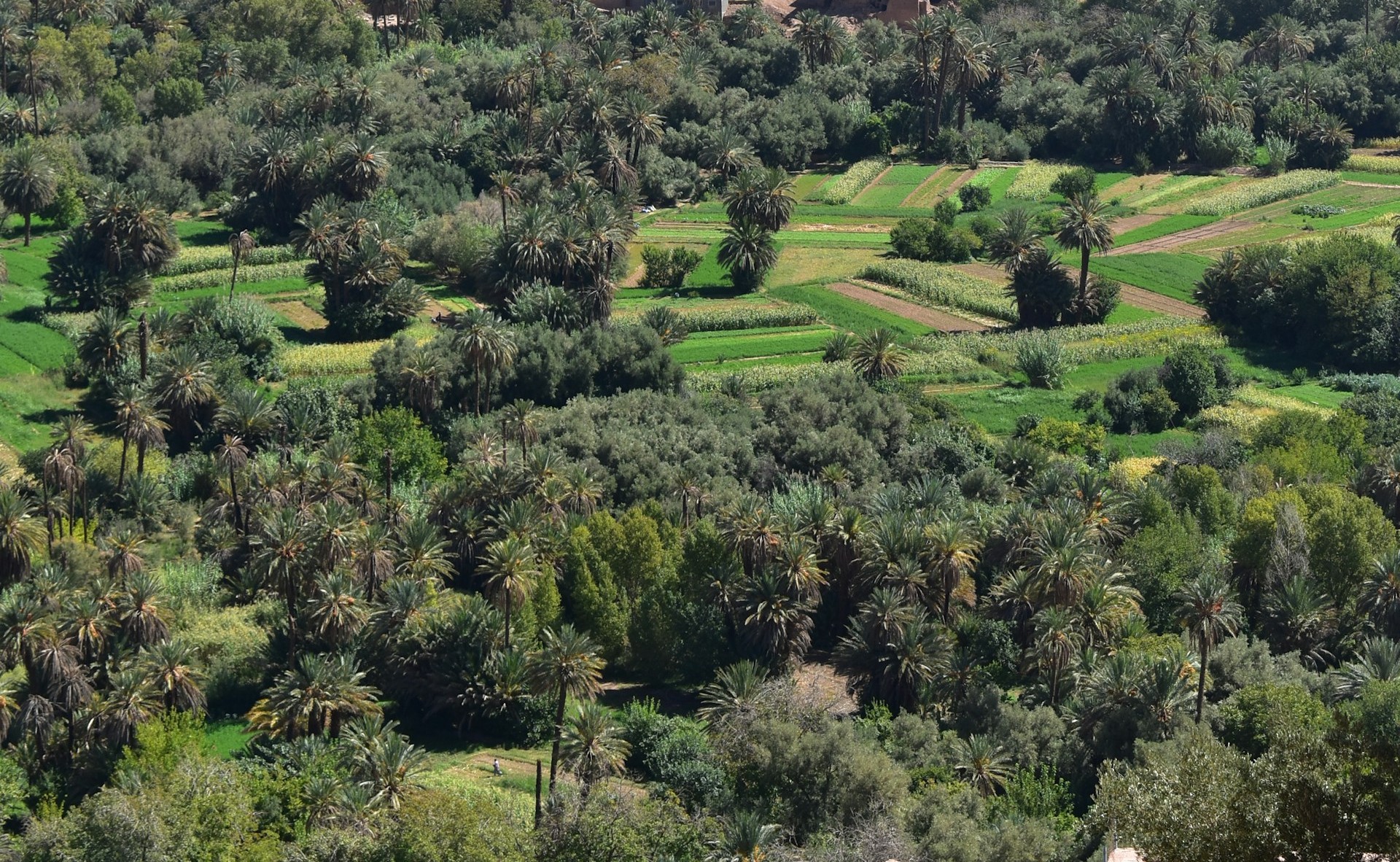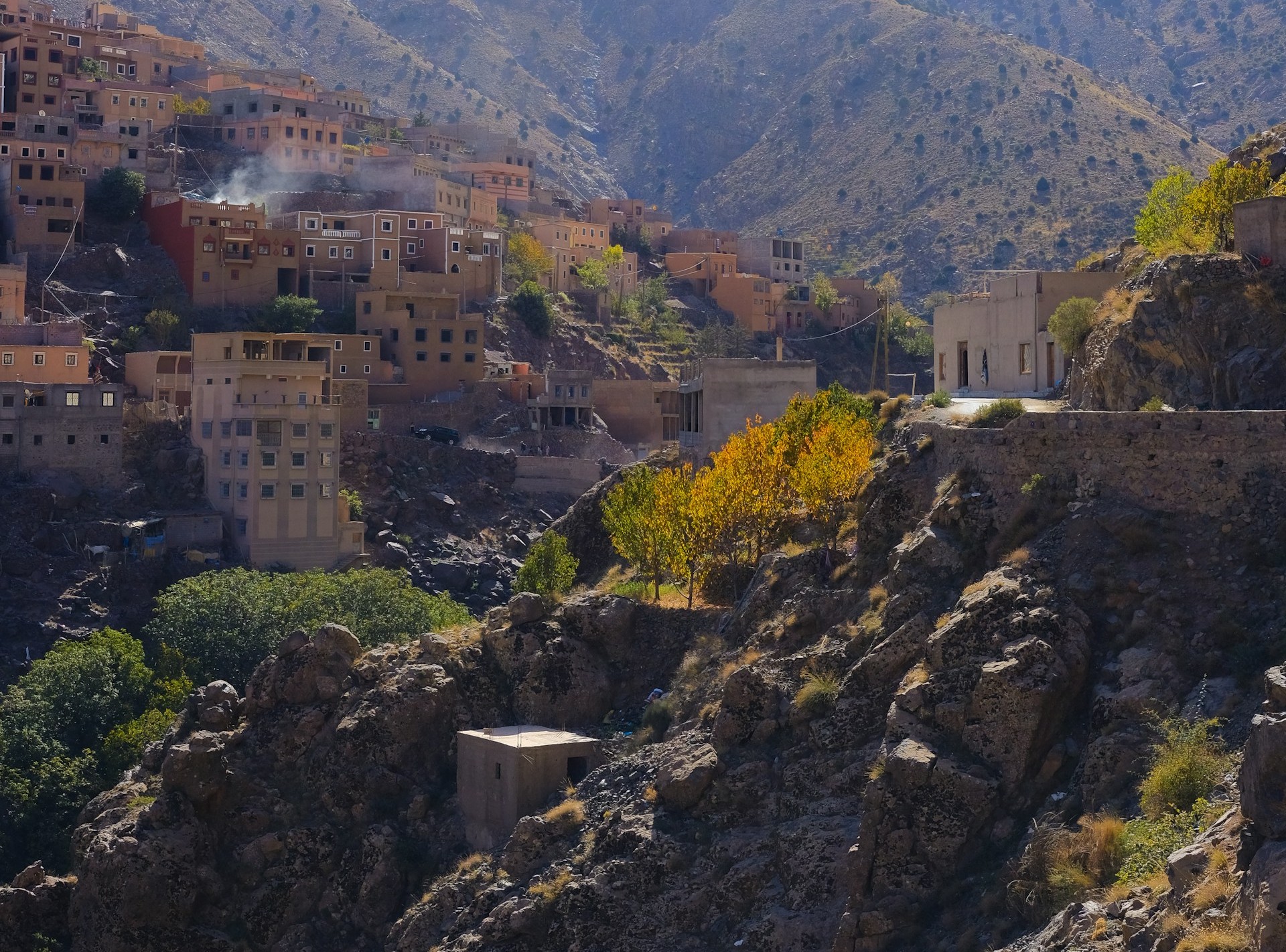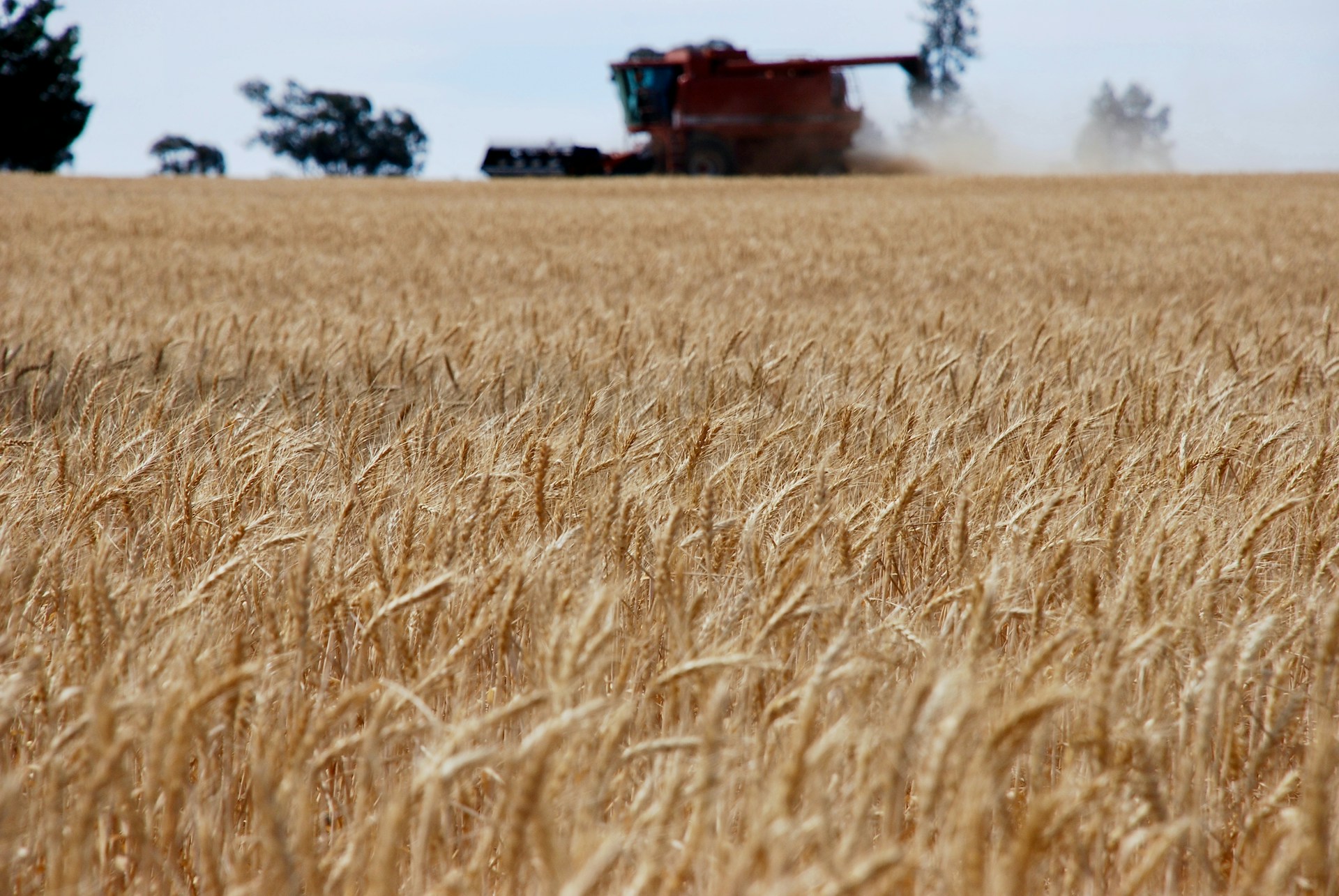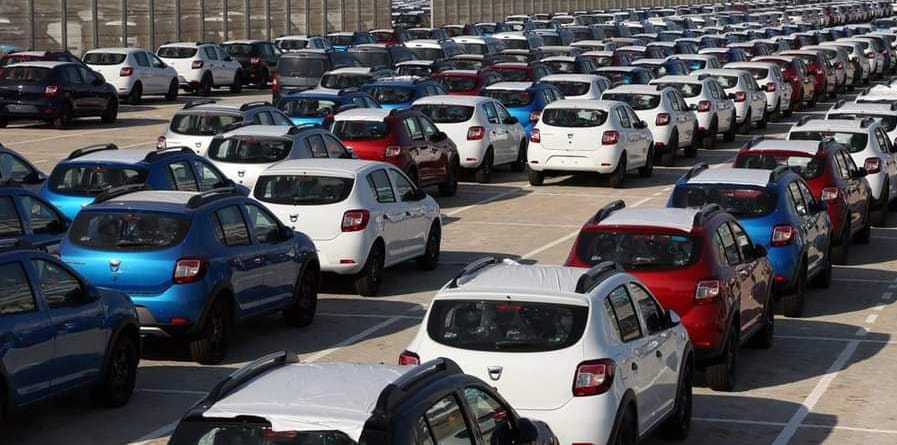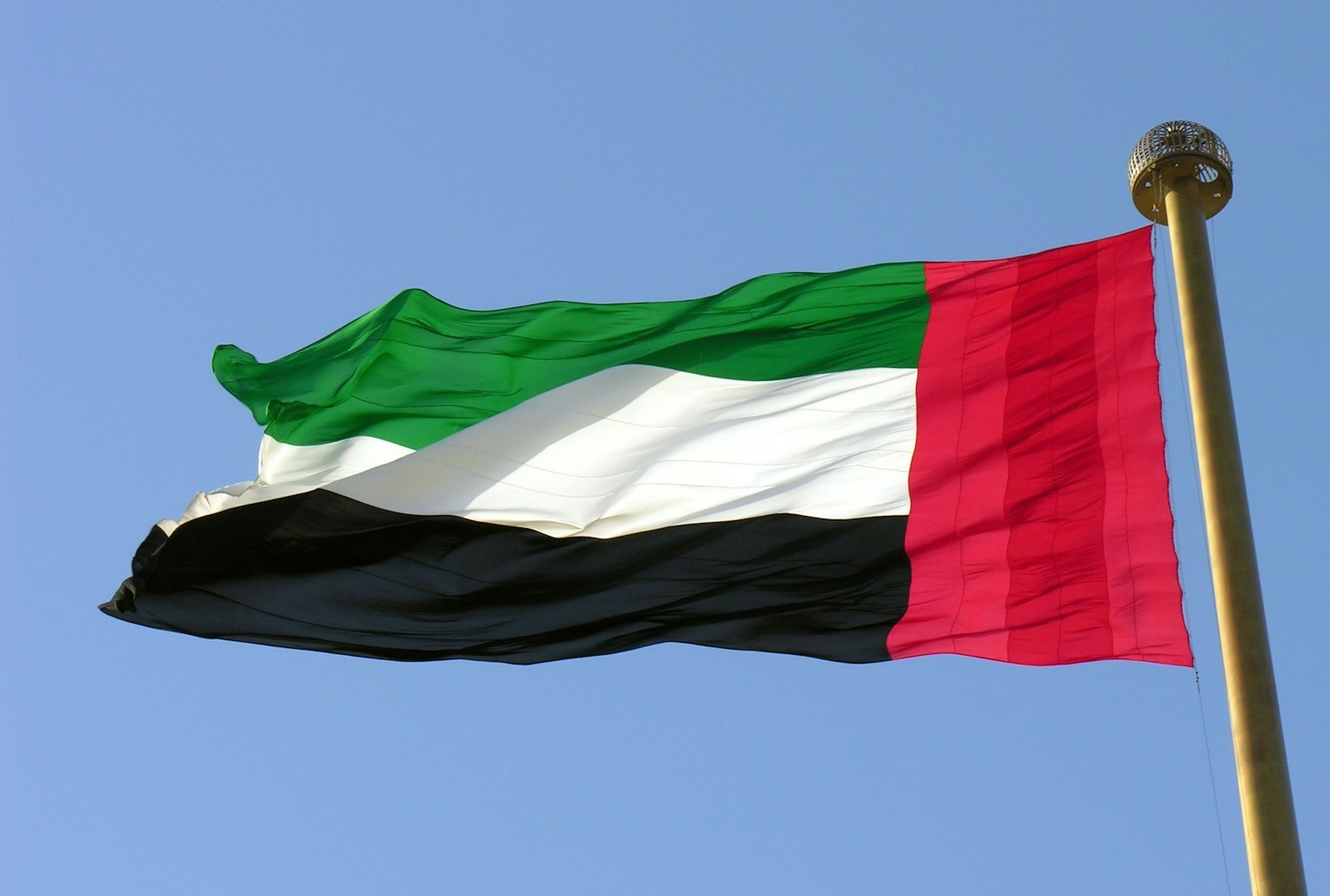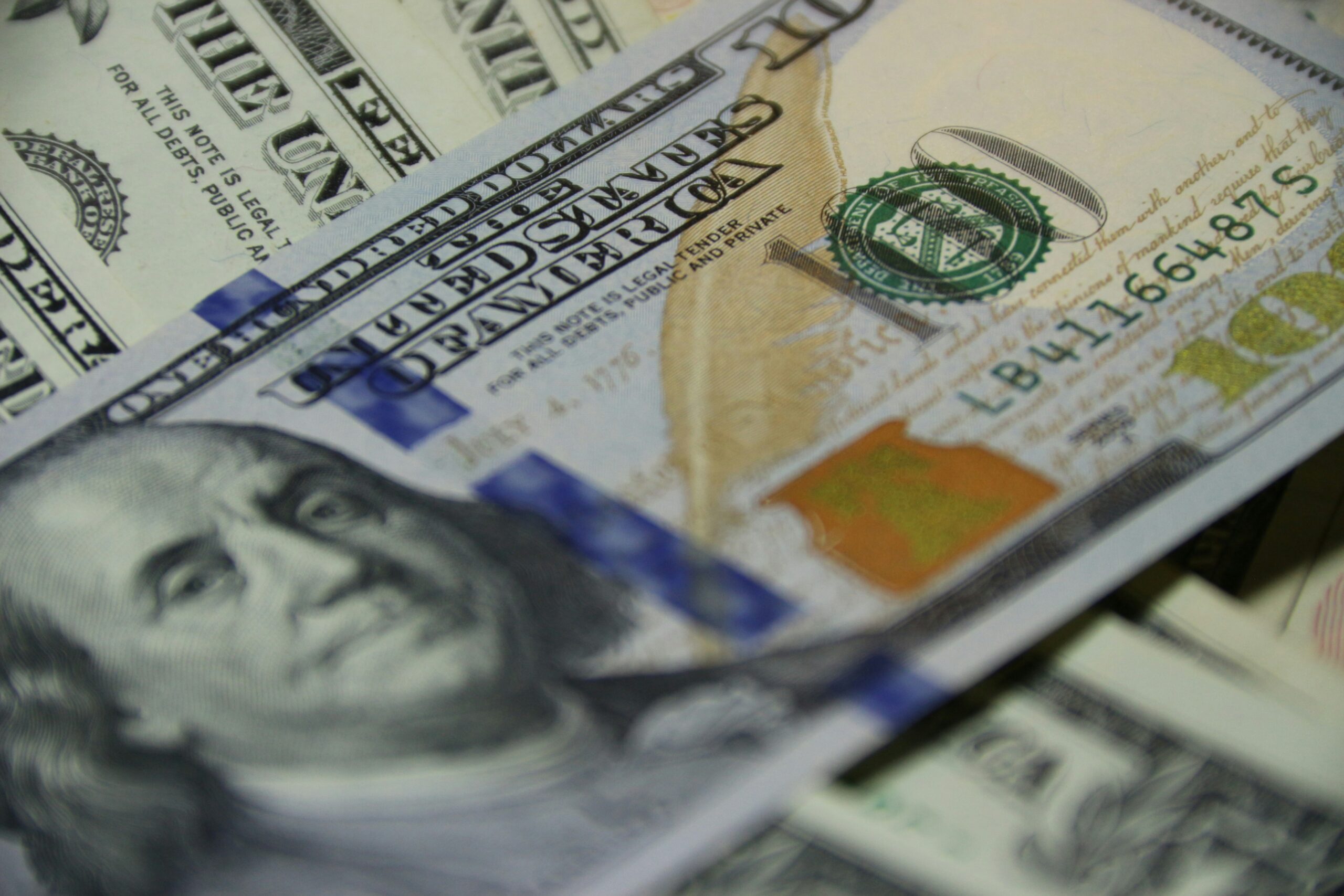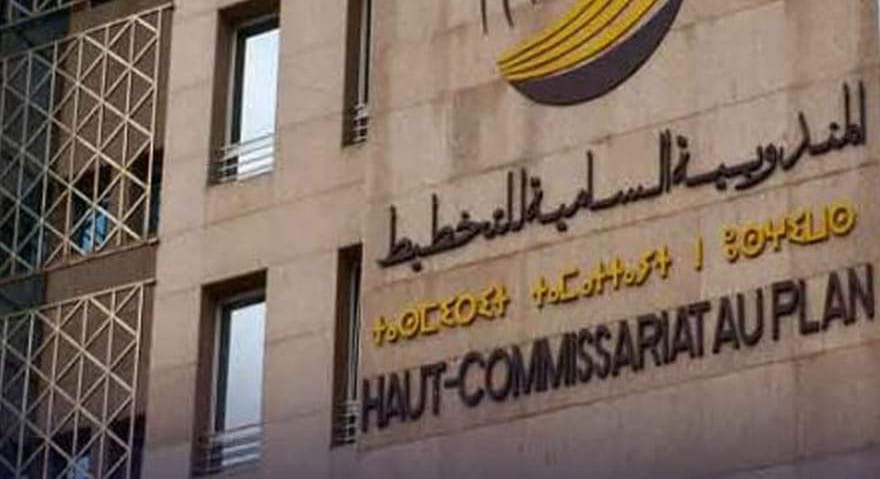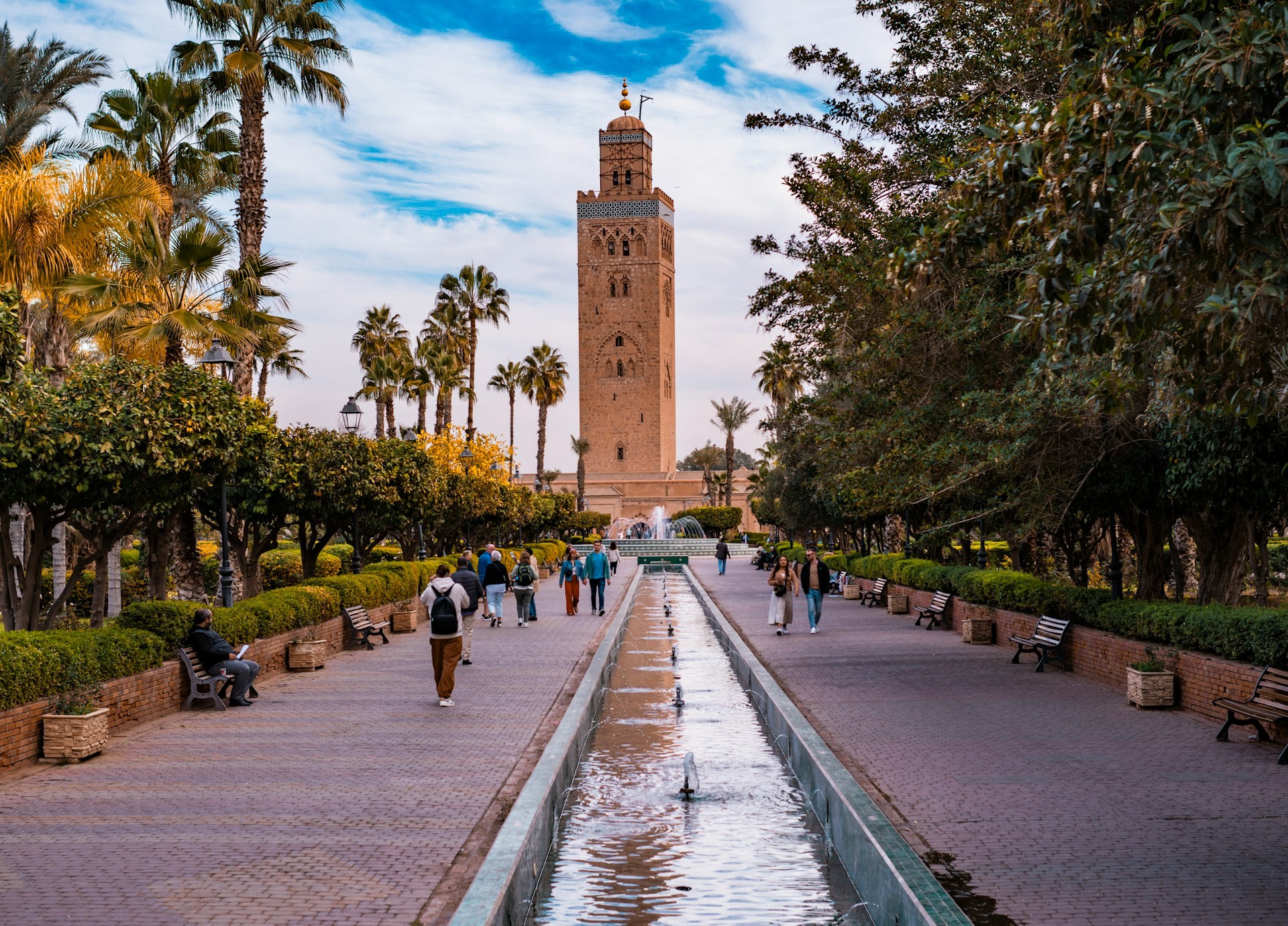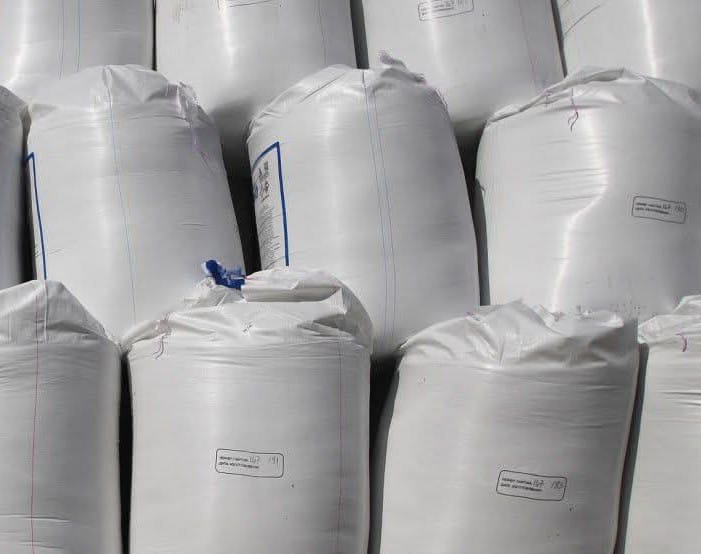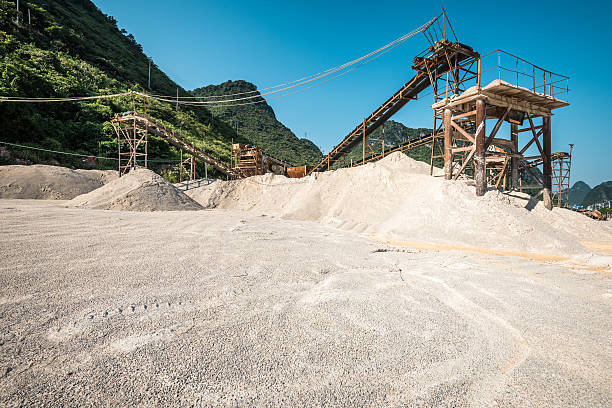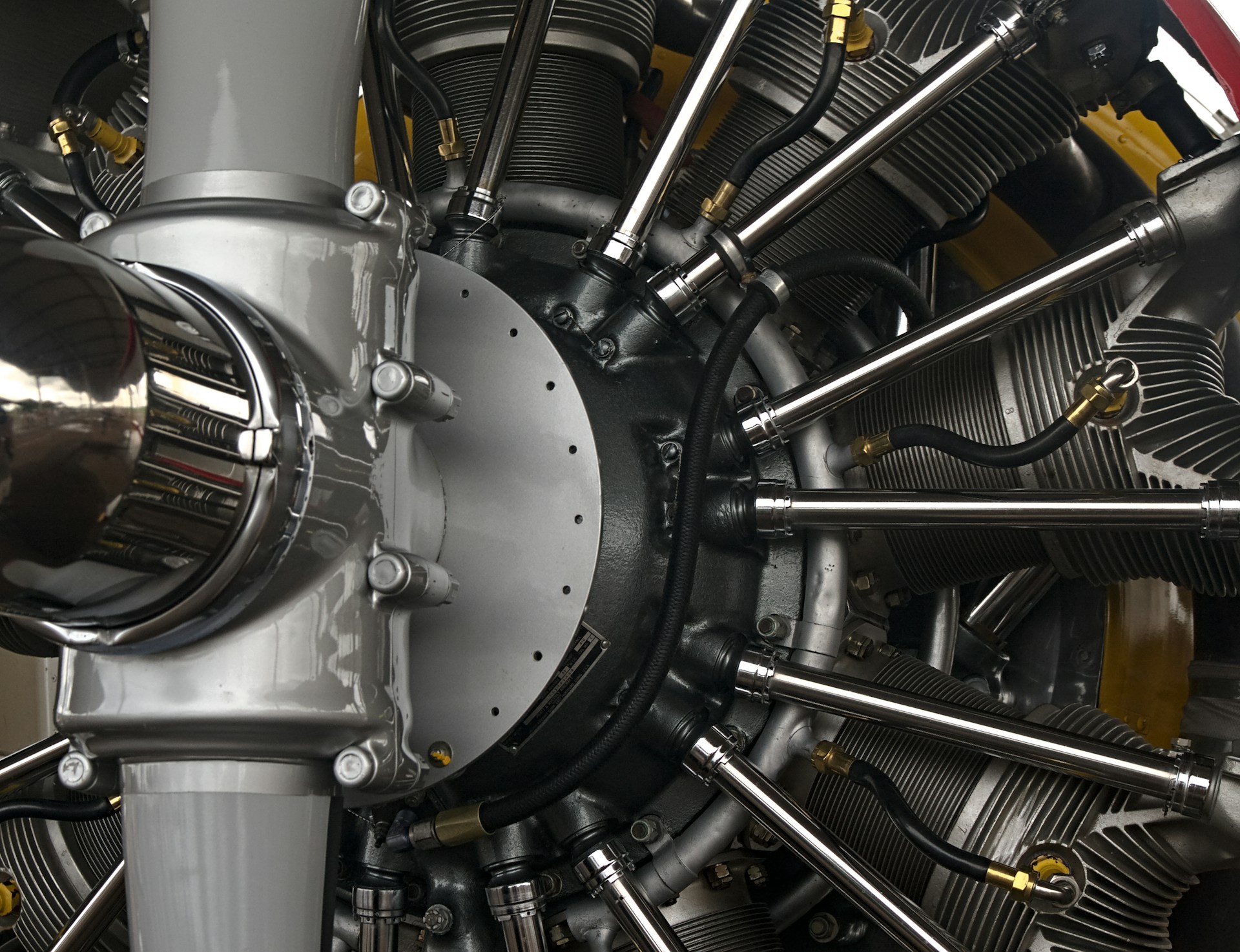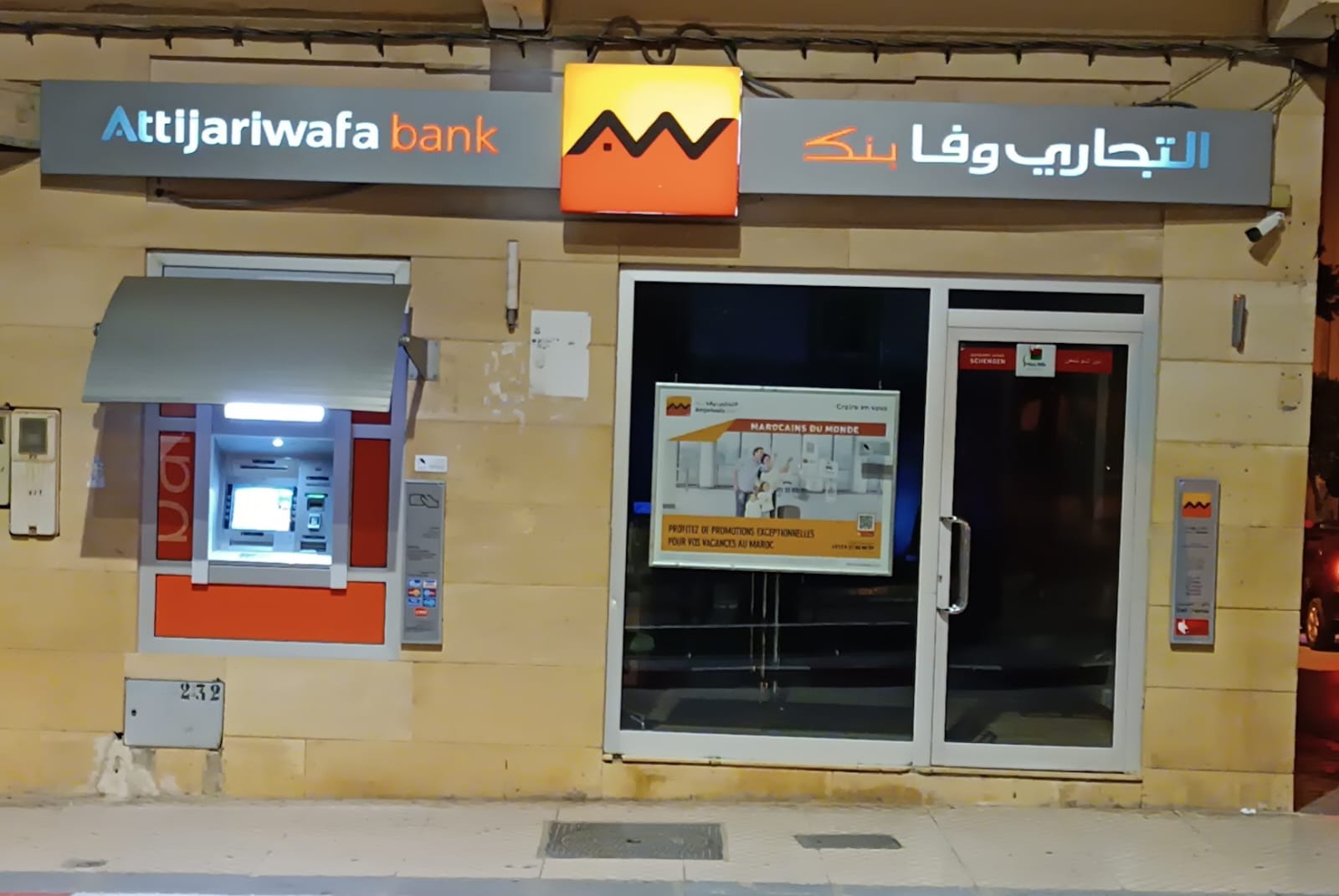Casablanca – Morocco is consolidating its status as a leading automotive manufacturing hub in Africa, with production growth, global partnerships, and strategic investments placing the kingdom at the heart of regional and international supply chains.
Rising production figures
According to the International Organization of Motor Vehicle Manufacturers (OICA), Morocco produced 559,645 vehicles in 2024, a 5% increase compared to the previous year. This performance positioned the country as the second-largest car producer in Africa, just behind South Africa with 599,755 units. On the global stage, Morocco ranked 23rd among car-producing nations, ahead of several established markets.
While Algeria’s output stood at only 30,108 vehicles and Egypt recorded no production, Morocco emerged as North Africa’s undisputed leader. Analysts describe this growth as evidence of the country’s industrial resilience and its capacity to respond to both regional and international demand.
Complementing OICA’s statistics, a recent African Exponent ranking placed Morocco among the continent’s top manufacturing hubs. The report noted that the kingdom’s annual automotive production has surpassed 700,000 units, most of which are destined for the European market. In fact, Morocco has outpaced major Asian exporters like China and Japan in supplying vehicles to Europe, reflecting the country’s strategic geographical advantage and competitive production environment.
Economic impact
The automotive industry has become the backbone of Morocco’s industrial economy, contributing around 22% of the country’s industrial GDP. Annual exports from the sector now generate an estimated $14 billion, making automotive manufacturing Morocco’s leading export industry.
Beyond trade performance, the sector has created over 200,000 direct and indirect jobs, according to African Exponent’s analysis. The presence of multinational automakers such as Renault and Stellantis has encouraged the development of a comprehensive local supply chain, involving parts suppliers, logistics providers, and specialized tooling companies. This ecosystem has strengthened Morocco’s ability to meet the technical standards of global automotive brands while building local expertise.
Industrial ecosystem and infrastructure
Observers point to Morocco’s industrial infrastructure and investment incentives as key drivers of this growth. Strategic zones like the Tangier Automotive City and the Midparc Free Zone in Casablanca have become magnets for foreign investment. These areas provide simplified logistics, proximity to seaports, and reliable access to energy resources, significantly reducing production costs.
Foreign investment has been reinforced by a favorable network of free trade agreements. Morocco’s partnerships with the European Union, the United States, and African nations under the AfCFTA have given manufacturers unprecedented access to major global markets. This export-oriented strategy has proven particularly effective at a time when supply chains are shifting globally in search of cost efficiency and reliability.
Towards electric and sustainable mobility
Looking ahead, Morocco is positioning itself as a regional leader in sustainable mobility. Government-backed initiatives aim to expand production of electric and hybrid vehicles, supported by partnerships with EV manufacturers and research centers. Investments are underway in innovation clusters designed to attract foreign capital for emerging automotive technologies, particularly in battery production and smart manufacturing.
This aligns with Morocco’s broader strategy of leveraging its renewable energy projects—notably solar and wind power—to provide a sustainable industrial base. By integrating clean energy with advanced manufacturing, the kingdom hopes to become a reference point for the future of automotive production in Africa and beyond.
Global context
On the global stage, Morocco’s achievements stand out when placed alongside global leaders. In 2024, China maintained its dominance with a record 31.28 million vehicles produced, followed by the United States and Japan. At the opposite end, countries like Serbia and Myanmar reported only minimal output.
Despite the vast gap between Africa’s emerging markets and the world’s largest producers, Morocco’s rise illustrates how targeted strategies can propel a country into international competitiveness. As Business Insider noted, Morocco’s progress demonstrates how clear industrial vision and strategic policymaking can enable smaller economies to claim leadership in key sectors.
Beyond automotives: Diversifying industrial strength
While cars remain the centerpiece, Morocco is also expanding in other light manufacturing industries, including aerospace components, electronics, and textiles. These sectors complement the automotive value chain and strengthen the country’s image as a diversified industrial platform.
The expansion reflects broader continental trends. African Exponent projects that the added value of Africa’s manufacturing sector could exceed $77 billion by the end of 2025, with Morocco positioned as one of the continent’s main contributors.
Outlook
With production surpassing 700,000 vehicles annually, a solid export base, and a growing emphasis on electrification, Morocco is on track to strengthen its position as Africa’s automotive powerhouse. Backed by strategic trade agreements, world-class infrastructure, and a clear push towards sustainable technologies, the country is not only securing its dominance in North Africa but also reinforcing its role as a strategic supplier to Europe and a rising global player.
The kingdom’s trajectory suggests that its automotive industry will remain a pillar of economic growth, job creation, and technological development, shaping Morocco’s industrial future well into the next decade.
